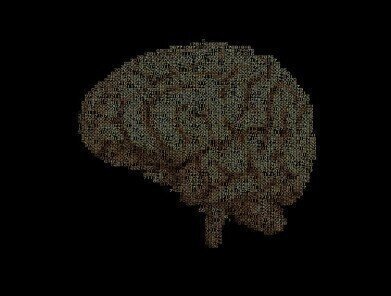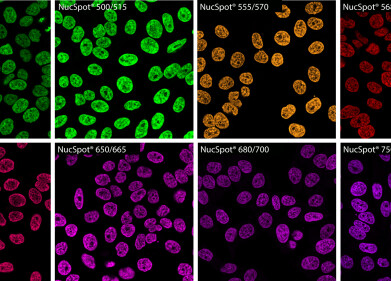Microscopy & Microtechniques
Can Neuroscience Tackle Mental Illness?
Dec 17 2016
Mental illness is one of the most common, and dangerous diseases on the planet. Cognitive scientists are continually looking at ways to treat disorders such as autism, schizophrenia, substance abuse and depression, and now a WHO health official is coveting neuroscience as the answer.
While first world nations are generally advanced and forward thinking when it comes to public health care, some experts maintain that there’s a gaping void between resources devoted to traditional diseases, and resources devoted to mental health disorders.
“When it comes to mental health, all countries are developing countries,” comments Shekhar Saxena, director of the World Health Organisation’s department of Mental Health and Substance Abuse.
He maintains that in order to bridge the gap, collaboration between mental health researchers and neuroscientists is fundamental.
WHO rallies for interdisciplinary collaboration
His collaborative ideas are based on a new understanding of dendrites, the branches that extend from a nerve cell. Each is equipped with tiny protrusions called spines, which act as receivers for messages from other neurons. Saxena claims that malfunctioning proteins in the spines could intensify signals sent to the ventral tegmental area. In turn, this may send signals that increase the production of dopamine in the striatum region of the brain, which is a textbook cause of mental disorders like schizophrenia.
At the annual meeting of the Society for Neuroscience he called for interdisciplinary collaboration between mental health researchers and neuroscientists, asserting that an alliance could represent exciting new opportunities for progress.
“The collaboration seems to be improving, but much more is needed and not only in a few countries, but all countries,” he stressed.
Saving cash, and lives
The benefits of collaboration would be enormous, with Saxena highlighting the fact that worldwide, the annual cost of mental disorders tops a huge $2.5 trillion. By 2030, this figure is expected to hit $6 trillion. He describes mental illness as a “hidden epidemic,” with global suicides taking more than 800,000 lives every year.
Not only did Saxena rally for a collaborative approach to fighting mental disorders, but he also stressed that cognitive scientists need to adopt a broader scope when it comes to research. Currently, over 90% of scientific studies on mental illness take place in high-income countries. He called on the neuroscience community to step up to the “grand challenge” and pioneer for a collaborative approach to mental health research, across the globe.
Modern medicine is continually advancing, with universities playing a key role in developing new treatments. ‘Near-infrared Light Triggers Targeted Drug Release Without Harming Tissue’ spotlights the latest feats from the University of California, where researchers have successfully proven that when irradiated with NIR laser light, non-light sensitive polymer particles can release encapsulated compounds.
Digital Edition
Lab Asia 31.6 Dec 2024
December 2024
Chromatography Articles - Sustainable chromatography: Embracing software for greener methods Mass Spectrometry & Spectroscopy Articles - Solving industry challenges for phosphorus containi...
View all digital editions
Events
Jan 22 2025 Tokyo, Japan
Jan 22 2025 Birmingham, UK
Jan 25 2025 San Diego, CA, USA
Jan 27 2025 Dubai, UAE
Jan 29 2025 Tokyo, Japan



















